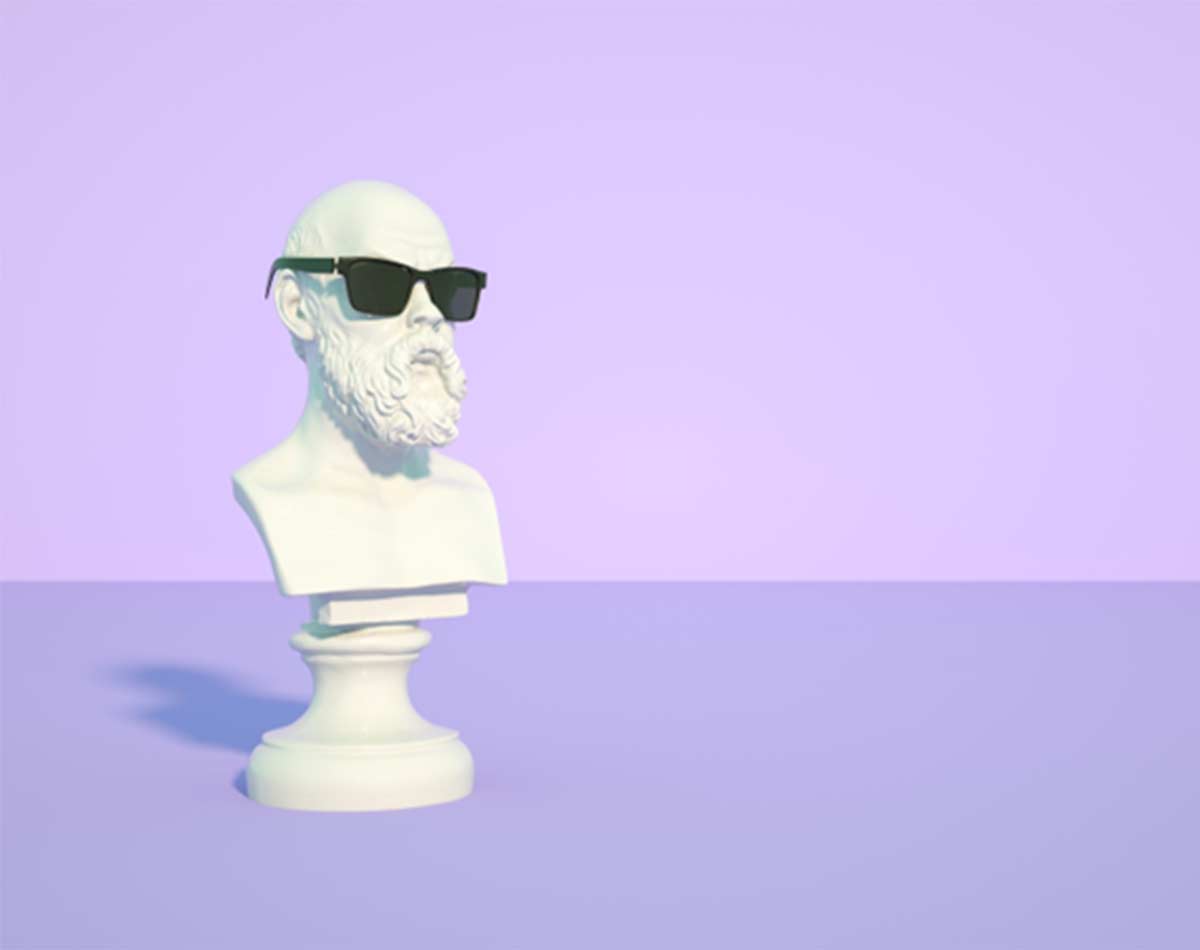
Pythagoras, born in 570 BC was a Greek scientist and mathematician. History tells us that Pythagoras was using color therapy as a healing modality 500 years before the birth of Christ. From our previous blog, you understand that color and light go hand in hand. Logic tells us Pythagoras as well as other ancient philosophers (Plato) and influencers of their time were consistently interested in the life giving and life sustaining powers of light (color) therapy.
History tells us that in ancient civilizations, sunlight was used to treat various diseases of the skin such as vitiligo and psoriasis as well as for treating rickets (impaired metabolism or deficiency of calcium, phosphorus and vitamin D), skin cancer and some mental health conditions. Using sunlight as a therapeutic treatment was used in ancient civilizations such as Egypt and Greece over 3000 years ago. These civilizations practiced various forms of heliotherapy (sunlight therapy) in which patients’ entire body was exposed to sunlight.
In Ancient Egypt, sunlight as a treatment for various disease processes was well known. The Ebers Papyrus, also known as Papyrus Ebers, is an Egyptian medical papyrus of herbal knowledge dating to c. 1550 BCE is among the oldest and most important medical papyri of Ancient Egypt. It also mentions the Pharaoh’s use of phototherapy. The Pharaohs built temples without roofs in order to have their bodies fully exposed to sunlight to have access to the full spectrum light of the sun.
Now lets fast forward to1860, when the Danish physician, Niels Ryberg Finsen was born in Thorshavn, Faroe Islands. He was fascinated with the healing properties of light and fervently studied how far light rays penetrated tissues in order to establish the bactericidal effect on certain pathogens that cause various diseases. He believed the bactericidal effect was directly related to the concentration of the light used in his Finsen lamp. In 1895 Finsen had some success using concentrated beams of ultraviolet light to help treat patients who suffered from lupus vulgaris (painful cutaneous tuberculosis skin lesions). Over time, he became the director of the Medical Light institute in Copenhagen where he developed this method of treatment. Within a short period of time, 40 Finsen Institutes were established throughout Europe and the United States. In 1903, Finsen won the Nobel Prize in Physiology or Medicine. So you can now see where the science of light therapy meets up with Pythagoras philosophy on the healing properties of light.
Red-Light therapy was discovered by the Hungarian physician Endre Mester who is considered the Father of Photobiomodulation, another term for red light therapy. In the 1960s Mester performed scientific experiments with red lasers on rats facilitated an increase in hair growth and stimulated wound healing. (Hyperlink on ‘scientific experiments – https://onlinelibrary.wiley.com/doi/10.1002/jbio.201670113)
There is a reason Red Light therapy continues to fascinate us! Thankfully Red-Light Therapy continues to gain positive traction among practitioners, scholarly journals, and medical schools respectively. I don’t know if you have tried RLT yourself, I have and I love it. I have used on sprains, joint pain, to support my thyroid function and I use it whenever I have dental work done. As in all products out there, not all Red-Light therapy devices are the same. There are so many choices out there, just Google Red Light or check on Amazon so be sure to do your homework and always discuss options for Red Light Therapy with your health care professional. If you are interested in trying red light therapy, I use on myself, please click here.
Legal Disclaimer:
Statements regarding red light therapy and or dietary supplements have not been evaluated by the FDA and are not intended to diagnose, treat, cure, or prevent any disease or health condition. As always, seek guidance from your professional health care provider. We independently evaluate all recommended products and services. If you click on links we provide, we may receive compensation.